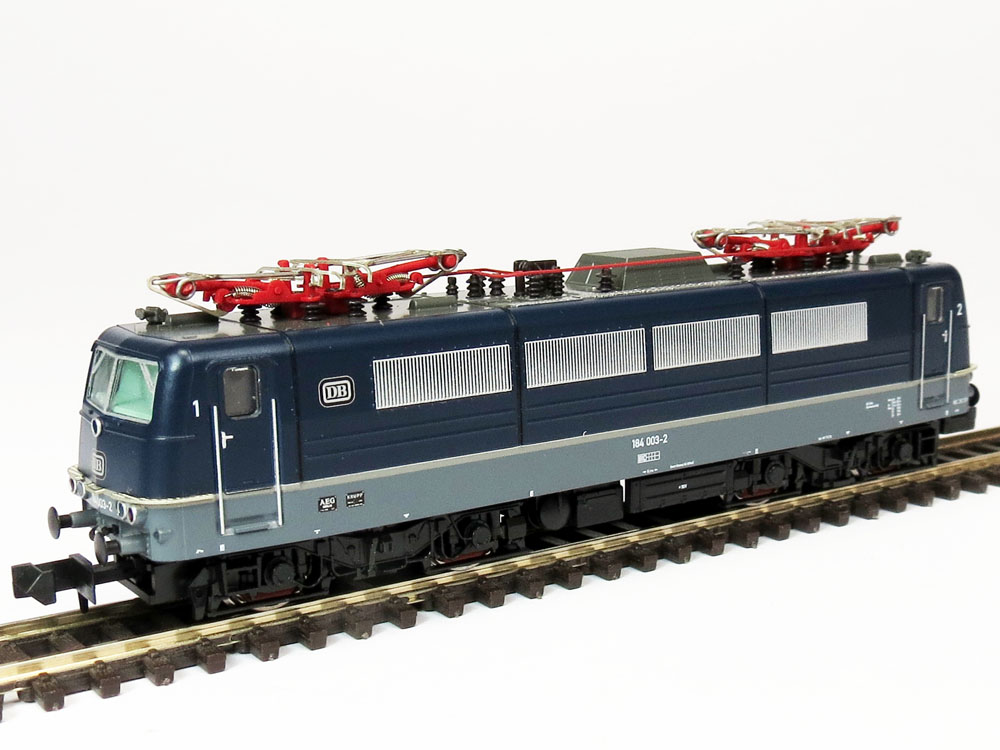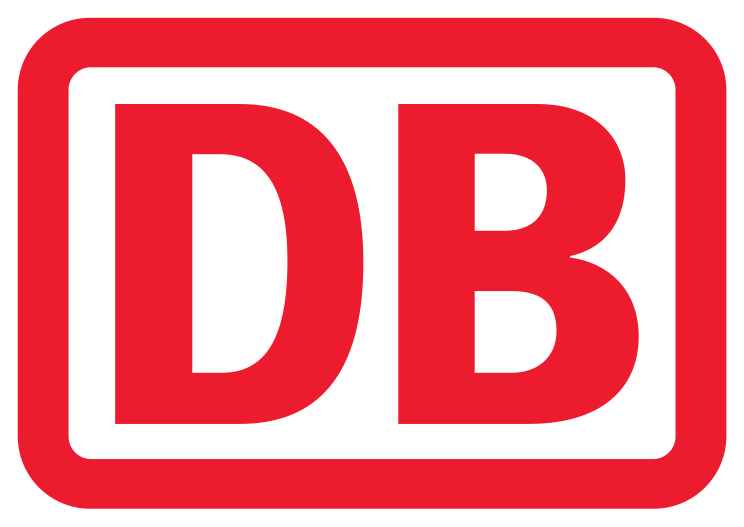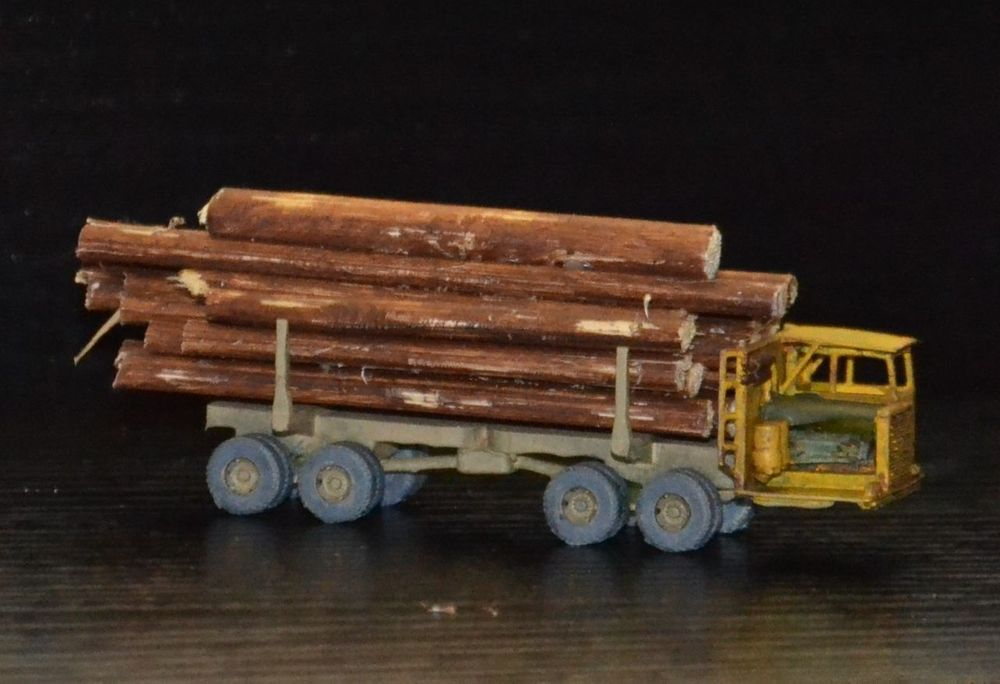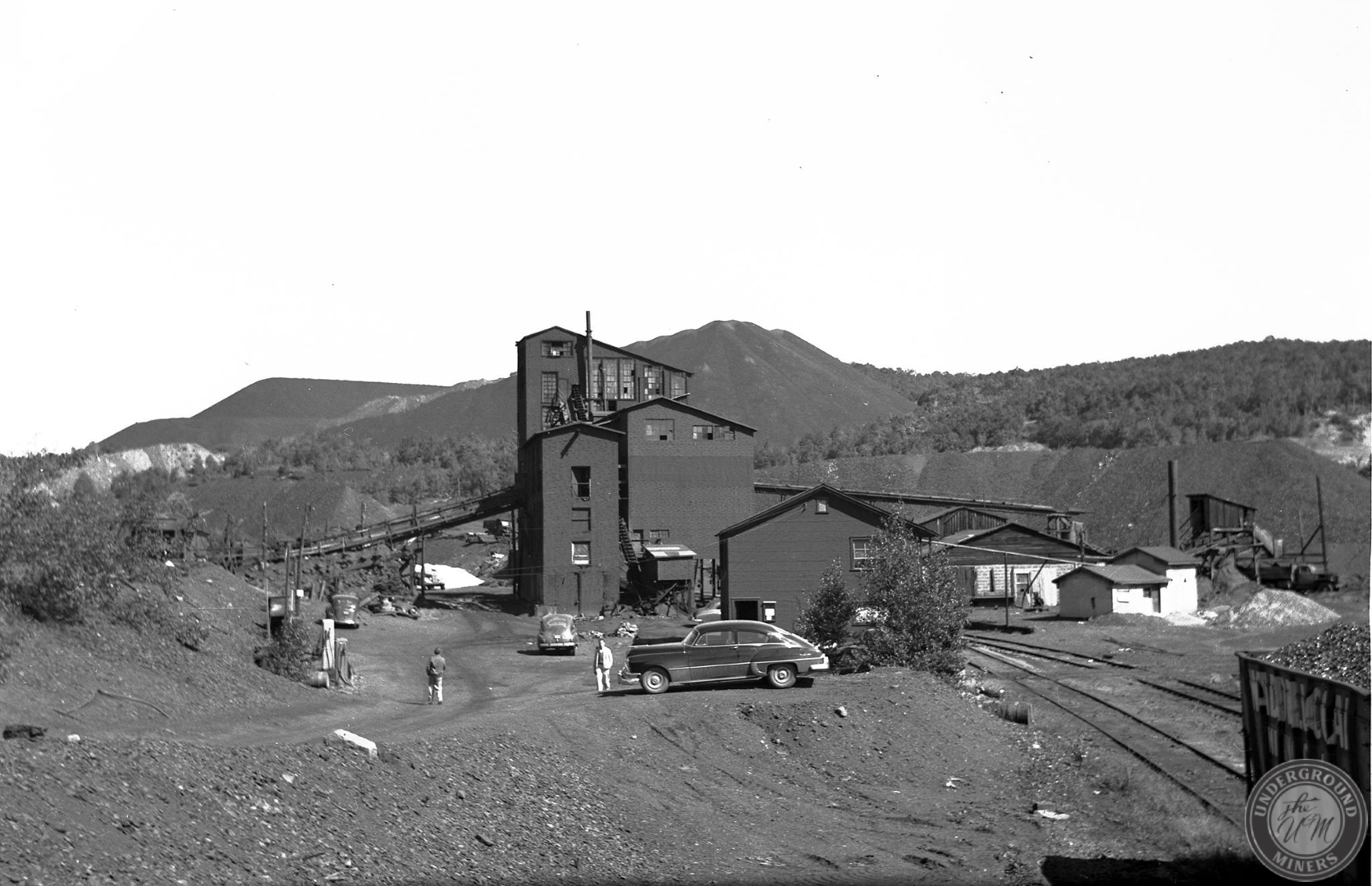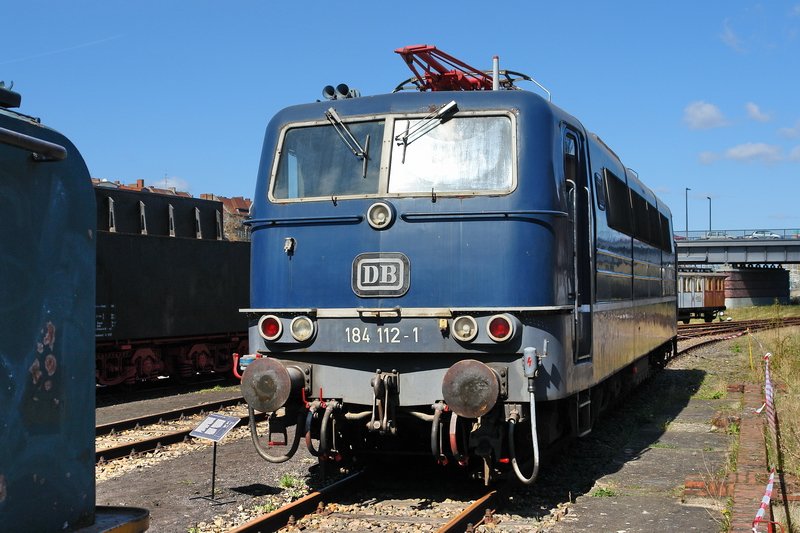Model Information: Neodymium motor with flywheel powers all 4 axles. One axle with 2 traction tires. LED light change from white to red with direction. NEM coupler pocket. Locomotive can be switched between rail and catenary power.
DCC Information: Accepts Next18 Decoder. TCS makes a good one for this model. Do not use a D&H decoder on this loco if you are planning on running it on a US DCC system such as Digitrax. The D&H requires 17V power.
Prototype History: To reduce the time-consuming locomotive switch at the borders with Holland, Belgium, Luxemburg or France, the DB wanted to develop a multisystem locomotive in particular for long-distance services to the above mentioned countries. These multisystem locomotives had to stay in front of the train until the end station was reached, so exploitation was a lot easier and also costs less time.
With the experiences done with the three locomotives E 320 (BR 182), the BZA München developed together with AEG, BCC and Krupp a locomotive for two currents (E 310) and a locomotive for four currents (E 410, renamed BR 184).
With the experiences done with the three locomotives E 320 (BR 182), the BZA München developed together with AEG, BCC and Krupp a locomotive for two currents (E 310) and a locomotive for four currents (E 410, renamed BR 184).
Road Name History: Deutsche Bahn AG (abbreviated as DB, DB AG or DBAG) is a German railway company. Headquartered in Berlin, it is a private joint-stock company (AG), with the Federal Republic of Germany being its single shareholder. Deutsche Bahn describes itself as the second-largest transport company in the world, after the German postal and logistics company Deutsche Post / DHL, and is the largest railway operator and infrastructure owner in Europe. It carries about two billion passengers each year.
Deutsche Bahn (literally "German Railway" in German) came into existence in 1994 as the successor to the former state railways of Germany, the Deutsche Bundesbahn ("German Federal Railway") of West Germany and the Deutsche Reichsbahn ("German Empire Railway") of East Germany. It also gained ownership of former railway assets in West Berlin held by the Verwaltung des ehemaligen Reichsbahnvermögens (Administration of the Former Reichsbahn Assets).
Deutsche Bahn (literally "German Railway" in German) came into existence in 1994 as the successor to the former state railways of Germany, the Deutsche Bundesbahn ("German Federal Railway") of West Germany and the Deutsche Reichsbahn ("German Empire Railway") of East Germany. It also gained ownership of former railway assets in West Berlin held by the Verwaltung des ehemaligen Reichsbahnvermögens (Administration of the Former Reichsbahn Assets).
Item created by: bobfallier on 2018-03-23 16:29:24. Last edited by gdm on 2020-05-26 17:22:07
If you see errors or missing data in this entry, please feel free to log in and edit it. Anyone with a Gmail account can log in instantly.
If you see errors or missing data in this entry, please feel free to log in and edit it. Anyone with a Gmail account can log in instantly.


